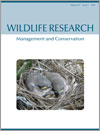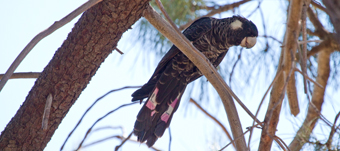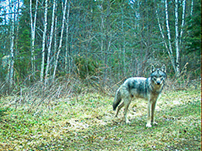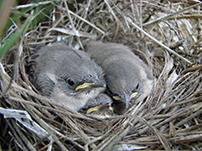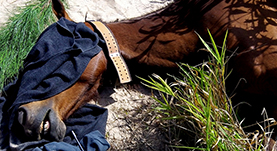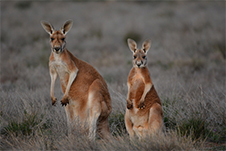WR14061Survival and cause-specific mortality of the female eastern wild turkey at its northern range edge
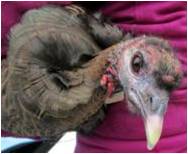
Once extirpated from most of its historical range in North America, the wild turkey (Meleagris gallopavo) is now thriving, and despite potentially severe limiting factors has expanded its range northwards. We evaluated survival of female wild turkeys at the species’ new northern range edge in Ontario, Canada, and found low annual survival and high predation. An improved understanding of whether these populations exist due to high productivity or a source–sink dynamic is important for informing management strategies.


